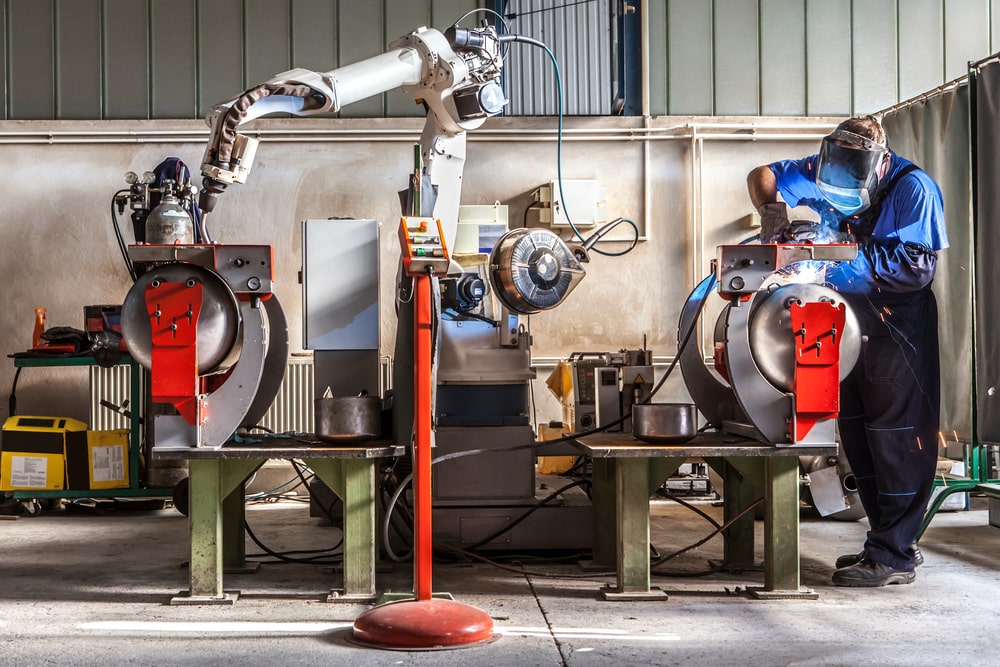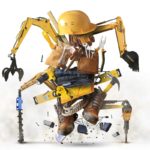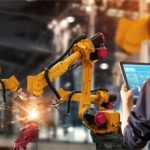Sector - Health & Safety
Are you cobot ready?

Steve Jobs once said, “Great things in business are never done by one person. They’re done by a team of people.” In the manufacturing industry, collaborative robots are joining the team to achieve even greater things. Here Jonathan Wilkins, marketing director of industrial obsolete parts supplier EU Automation, explains how to manage a mixed team of collaborative robots and humans.
Collaborative robots, commonly known as cobots, make up just three per cent of all robot sales worldwide, according to a report by the International Federation of Robotics and Loup Ventures. However, awareness of their benefits for manufacturers is increasing and it’s expected that, by 2025, the sales of cobots will have jumped to 34% of all robot sales.
Despite the benefits that manufacturers can obtain from implementing cobots, concerns are developing about their effect on worker safety, satisfaction and even job retention. To dispel these concerns, plant managers must know how to effectively manage a mixed team of humans and cobots.
Safety
Traditional industrial robots are often encased in a cage to keep human workers safe. This is not necessary with cobots because they are intended to work alongside humans. Instead, advanced technology is used to keep staff safe.
For example, the safety-rated monitored stop function causes cobots to stop moving when they get close to a human. Also, power and force limiting functionalities ensure that if a cobot does directly contact a human, it reduces its force to avoid causing injury. If your cobot will be hand-guided by people, it’s advisable to purchase one with power and force limiting properties.
The safety of your employees is not only down to you and the cobot. All staff must be trained on how to work with cobots safely, which requires an understanding of how they work, their benefits and their limitations.
Introducing cobots
Regardless of your cobots’ safety features and the amount of training your employees receive, the transition to a mixed team of humans and cobots must be gradual, so that the staff have time to adjust to the new technology.
Begin with just one cobot and monitor the response of the workforce. Allow open communication with your employees, because questions will arise as they gain more experience with the technology. It’s also important to continue the staff training programme, so that any concerns can be addressed in a practical manner.
Delegation
Another important consideration is how to delegate tasks. Cobots, unlike humans, don’t tire, so can be given jobs that require repetitive, continuous actions. They also work with high accuracy and precision, so can be used to increase repeatability and product quality.
On the other hand, jobs that require creativity are most effectively executed by humans. Likewise, empathy and adaptability are important for customer-facing roles and are traits that cobots are yet to master.
When Steve Jobs co-founded Apple in 1976, he probably didn’t envision robots and humans working side by side in his manufacturing facilities across the world. However, his views on the power of teamwork suggest that he would have raised to the challenge of managing a mixed team of humans and robots.
If you would like to read more articles like this then please click here.
Related Articles
More Health & Safety Features
- Construction workers face the highest risk of fatality
13 Aug 25
Construction workers face the highest risk of fatality, with one in two Brits saying HSE training is skipped due to time pressure.
- A new chapter for the Building Safety Regulator
12 Aug 25
A package of potentially significant reforms to the makeup of the Building Safety Regulator have been announced.
- Radical action to speed up removal of unsafe cladding
18 Dec 24
The government has set out tough new targets to fix unsafe buildings in England.






